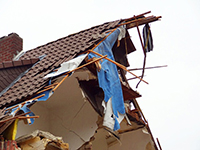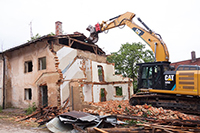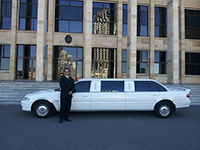 Construction, like any profession, is an ever-evolving trade. We don’t build homes today in the same way that we built homes one hundred years ago anymore than we still go to the dentist and the barber in the same building. Certain techniques and materials fall out of favor while new techniques and materials are developed. Even the layouts of new homes are subject to change over time. Here are some of the biggest ways construction has changed over the last hundred years:
Construction, like any profession, is an ever-evolving trade. We don’t build homes today in the same way that we built homes one hundred years ago anymore than we still go to the dentist and the barber in the same building. Certain techniques and materials fall out of favor while new techniques and materials are developed. Even the layouts of new homes are subject to change over time. Here are some of the biggest ways construction has changed over the last hundred years:
Windows
Windows are one of the biggest changes in housing construction over the last century. Glass has gotten much lighter and much stronger, starting around the turn of the century. Specialty tinting have further allowed windows to insulate a home without the need to be especially thick. Specialty tinting can also help to keep UV light from damaging interior decor.
Efficiency of Space
Homes have gotten more energy efficient in the last couple of decades, but they’ve also gotten much more space-efficient. Many homes today have a kitchen, dining room and living room that all flow together in the same general space. This wasn’t usually the case 100 years ago, when the kitchen was more likely to be closed off in its own space.
Home Size
Incidentally, the era of the “big house” in the 20th Century was fairly short lived. Today, developers are building homes and apartments smaller than they did thirty, forty years ago, but the glory days of the American suburban sprawl were fairly short lived. Row houses were first built in the 1800’s and were shaped a bit like modern trailer and pre-fab homes, stretching only 19 feet across and going back about 30-40 feet. Today it seems that the most fashionable homes tend to be rather small, rather than the sprawling bungalows of the 1940’s set on 60 by 100 feet of land. It wasn’t until the 1960’s that it was taken for granted that each child in a family could have a room of their own.
And then, there are things that stay about the same. We’re still building homes from bricks and wood, as we did 20, 100, 500 years ago. While the techniques, the design, the technology may change over the years, the fundamental basics of construction have generally remained the same. Moving farther into the 21st Century, we’re likely to see more homes being built for solar just as homes are built for electricity and indoor plumbing today, and we’ll likely see more innovative, efficient uses of space.













